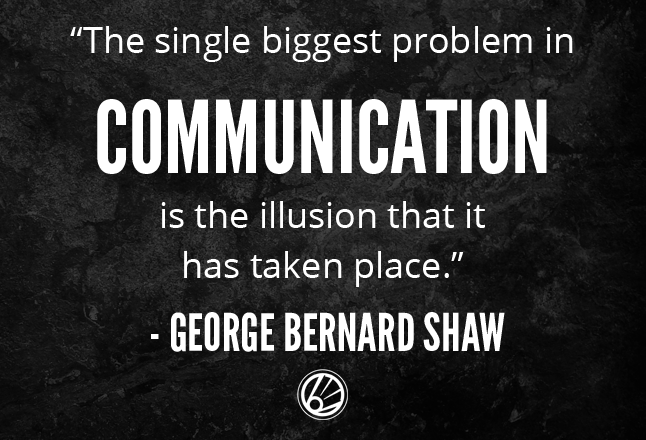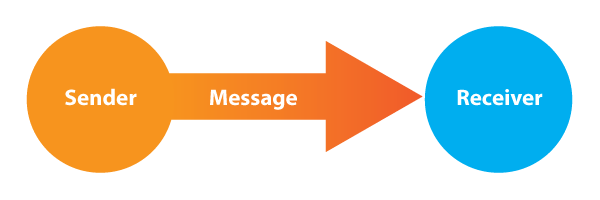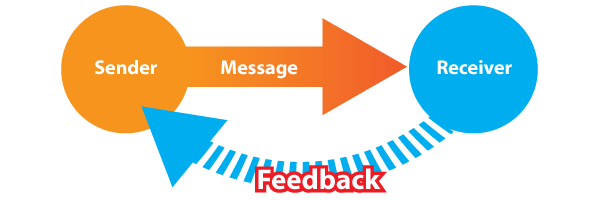
How to Get the Most Out of Your Client Experience
Recently advertising firm RPA (Rubin Postaer and Associates) teamed up with USA Today to conduct an anonymous survey of more than 140 advertising and brand marketing agencies. The survey was conducted in order to gain a better understanding of the agency-client relationship, and that’s exactly what they received. The response to their very first question, “Which of these leads to the best advertising?” was especially eye-opening, with 98% of clients and 98% of agencies in agreement:
Clients trusting their agencies was the most important factor when it comes to creating the best advertising.
Preserving a strong agency-client relationship can be a delicate process, especially so since it includes the development trust. Trust can be defined on the reliance of integrity, strength, and ability of a person or thing, and it can be achieved through basic two-way communication models and best practices.
Basic Communications Model

In the basic communications model, all information has a source (the sender) and a destination (the receiver). This communication style is typically only used in practices where information is strictly to be consumed (i.e. Television, Radio, etc.). In business communications, however, our faults lie through the dependence on this exact model. In order to establish trust, we must first establish two-way communications, with shared goals, visions, and values.
Two-Way Communications Model

The two-way communications model adds feedback to the basic communications model, which now allows for a conversation. Without open & honest feedback from the agency or the client, a trusting relationship will be discouraged from reaching its full potential. As the agency, Russell Weiner (Chief Marketing Officer, Domino’s) says to involve the agency in the entire business, from planning to execution. By doing this, the level of agency-client trust will be optimized. So what can you do, as the client, to help build trust with the agency?
1. Ask Questions
We want you to engage with us as much as possible! When you ask questions, you will not only get your questions answered, but we can use your questions to guide your project (and your relationship) with us in the right direction.
2. Set Expectations
We want to know as much as possible about your vision and values for your project and for your company. By working to clearly establish your goals, they become our shared goals. Not only will you see results with the current project(s) on hand, but our business relationship will able to grow and continue to be successful.
3. Maintain Frequent Contact
It is important to stay in touch with us, through email, phone, and in-person meetings. From time to time we will be flooded by email, but we work hard to get back to everyone within a day or so. It can be very constructive when we schedule a face-to-face meeting or conference call in times where your ideas and/or feedback are better explained in person. No matter your communication channel, frequent communication keeps your project active and front-of-mind for you and for our team.
4. Give Honest Feedback
It is crucial to the success of your project or campaign that you are open and honest with us about project progress. This includes feedback, change(s) of direction, and anything else that may come up along the way. Please remember that you won’t hurt our feelings, as it’s our job to ensure that your vision and goals are heard and achieved. Our ability to provide you the best concept of your vision is fueled by the information that you give us.
5. Celebrate Each Other’s Successes
The client-agency relationship is unique because each business acts as equal partners. By establishing shared goals early on and continuing constant communication throughout the project, we work hard and want to see you succeed just as much as you do.



Tell us what you think
Share your thoughts here in the comments! Have a burning question or feedback about the topic? Let’s keep the conversation going.